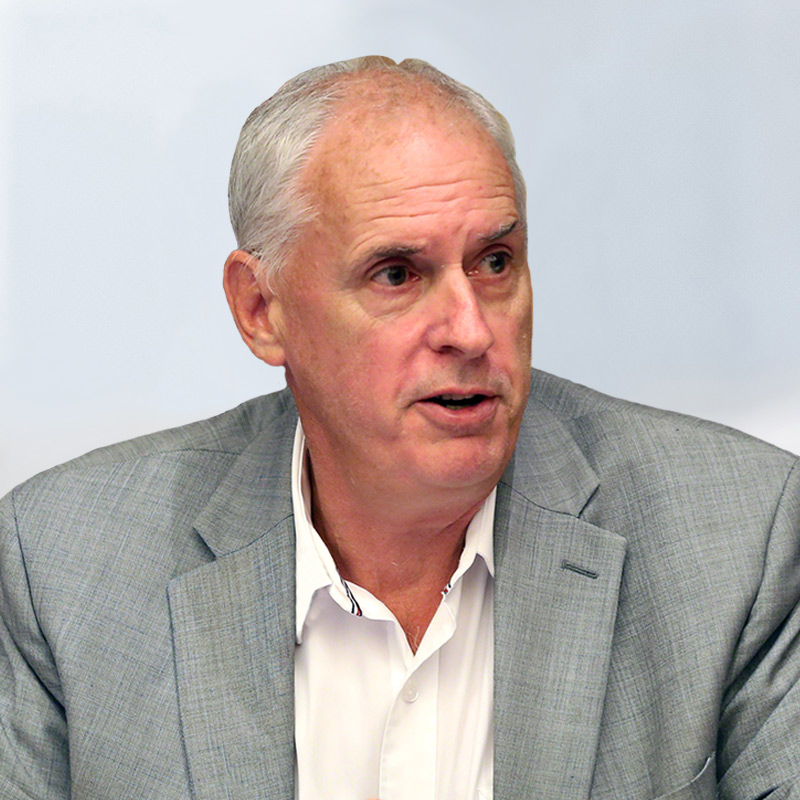:quality(70):focal(-5x-5:5x5)/cloudfront-us-east-1.images.arcpublishing.com/cmg/BARCRAZHFNAUJKOYNIMR7DFCMQ.jpg)
:quality(70):focal(-5x-5:5x5)/cloudfront-us-east-1.images.arcpublishing.com/cmg/BARCRAZHFNAUJKOYNIMR7DFCMQ.jpg)


As we near October 24th, some may know that this date marks World Polio Day, but few may know it is in celebration of the birth of Jonas Salk, an American researcher who developed the first polio vaccine in 1955. Since its development, widespread use of the polio vaccine has prevented 16 million cases of paralysis and at least 1.5 million lives have been saved. However, despite these hard-won successes, we have yet to consign polio to the history books.
Infectious diseases of poverty – such as polio, malaria, and neglected tropical diseases – still put billions of people at risk and, as COVID-19 continues to redefine what is considered ‘normal’ life for many of us, there is common ground in tackling these diseases.
The polio vaccination campaign, for example, is considered one of the most ambitious and successful in the world. The last two endemic countries, Pakistan and Afghanistan, have shown great improvements in the number of reported cases of wild poliovirus type 1 (WPV1). From 147 WPV1 cases in 2019 to 84 in 2020, and as of last week, 1 reported case of WPV1 in 2021, Pakistan is setting polio records never seen before. The successes did not happen overnight, but the decades-long worldwide campaign has shown us what is possible with concerted efforts, community engagement, and coordinated government action.
Global efforts to eradicate polio have strengthened public health systems. Disease surveillance, data management, training and capacity building, immunization, and emergency preparedness and response have all improved. These elements have, over the course of the past eighteen months, proven extremely useful in the African, South-East Asian, and Eastern Mediterranean regions — enabling health systems to pivot and adapt to respond to COVID-19. By utilizing systems already in place, the polio infrastructure can play a vital role in helping to ensure equitable access to COVID-19 vaccines as and when they are available.
Despite all we can learn from the past, the bottom line is that eliminating and eradicating diseases is immensely difficult. Elimination has a long tail: the last handful of cases take longer, are more difficult and cost more than is generally expected. Unexpected events, natural disasters, political instability, insecurity, and biology can conspire against us, impacting our efforts and derailing progress. Take the examples of Afghanistan and Pakistan, the two countries where wild polio is still endemic. We have seen how misinformation, lack of trust, and politicization of immunization campaigns have stifled polio elimination. And, with COVID-19 having commanded much of the world’s attention, rightfully so, there is a risk that the endgame of eradicating polio from the world slips farther away.
This World Polio Day, it is not, however, all doom and gloom. As with COVID-19, all countries remain at risk as long as polio circulates – it takes just one person with polio to travel to a country where vaccination rates have dropped to ignite a resurgence. We must work together with greater solidarity, focused investment, and cross-border collaboration to sustain momentum and keep immunization campaigns rolling. With an upcoming house-to-house immunization campaign in Afghanistan beginning on November 8th — aiming to reach nearly 10 million Afghan children under the age of five — we have reason to continue the course towards polio eradication with optimism.
The unprecedented work done to respond to COVID-19 shows us the massive strides that can be taken when the world bands together. The rapid mobilization and collaboration within the scientific community, the development of diagnostics, vaccines, and therapies, as well as mass information campaigns to combat misinformation and vaccine hesitancy all play vital roles in disease control, elimination, and eventual eradication. The lessons learned from the ongoing response to COVID-19, coupled with the experiences of polio elimination campaigns, can help achieve our collective goal to see a world free from infectious diseases of poverty.
We have come so far, but we need to keep going – if we stop now, we risk a resurgence of diseases that have all but disappeared from modern life. In as much as this is a warning, it is also a reason for optimism. There is a vast body of knowledge from polio eradication efforts that can be applied to COVID-19. We need to leverage this knowledge to save lives – and we must take a long-term view to achieve lasting results.
COVID-19 has shown us that global health is your health and global health is my health; tackling disease anywhere is in the interests of everyone’s health, everywhere. We need continued global cooperation, commitment and action from political leaders and the prioritization of equitable access to resources to reach the very last mile in disease eradication.
– Simon Bland is the CEO of the Global Institute for Disease Elimination (GLIDE)

